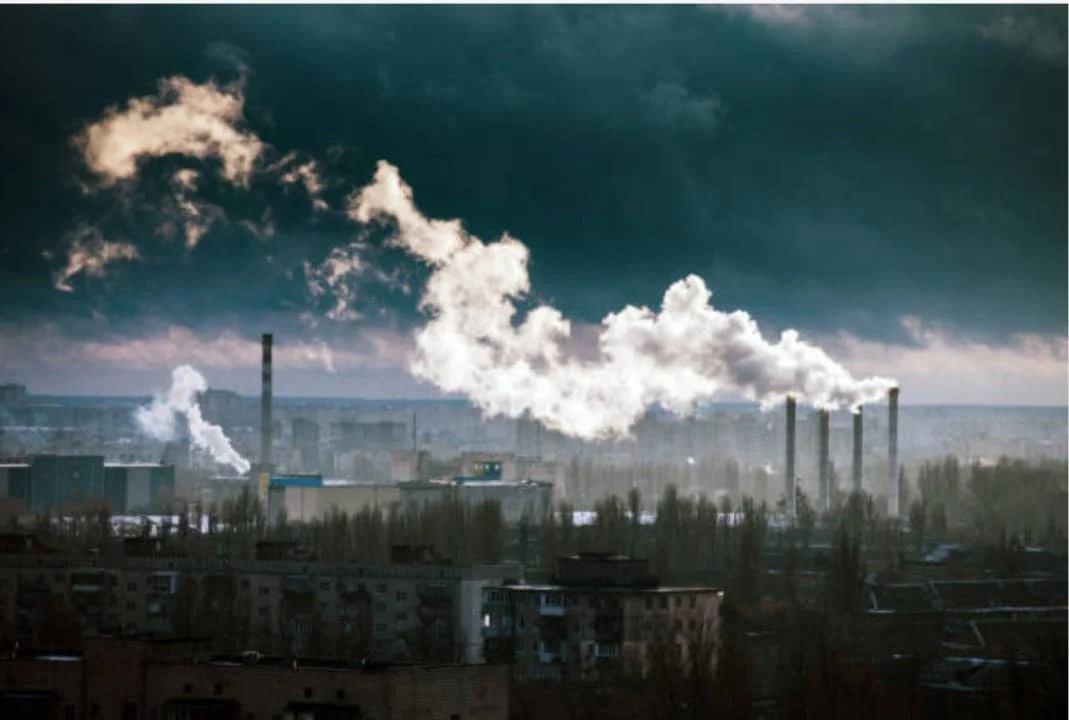
Newsletter Subscribe
Enter your email address below and subscribe to our newsletter

Enter your email address below and subscribe to our newsletter

For more than five decades, CRH plc, Ireland’s largest publicly traded company, has remained at the centre of a complex web of legal, regulatory, and political controversy. Allegations of monopolistic practices, political favouritism, and regulatory failure have surrounded the construction materials giant, yet meaningful accountability remains elusive. As detailed in long-running court proceedings and repeated public interventions by whistleblower Séamus Maye, CRH’s reach appears to extend beyond the boardroom, deeply entrenching itself in Ireland’s institutional landscape.
Séamus Maye has spent nearly three decades in legal battles against CRH plc. At CRH’s AGM in April 2023, held in the opulent Carlisle Room at the Royal Marine Hotel in Dún Laoghaire, Maye reflected on his family’s enduring struggle for justice—a struggle marked by bank blacklisting, litigation fatigue, and media silence.
Maye describes CRH not as a mere corporation, but as an Organised Criminal Group (OCG), protected by state and financial institutions. He alleges that senior executives, including current CEO Albert Manifold and Chairman Richie Boucher (former Bank of Ireland CEO), have consistently deflected accountability while Ireland’s legal and political systems have failed to act.
CRH’s controversial origins trace back to its 1969 creation through the state-facilitated merger of Irish Cement and Roadstone. Former Taoiseach Seán Lemass was appointed its first chairman, while then-Fianna Fáil leader Jack Lynch ensured Roadstone won the bid to acquire Irish Cement. Des Traynor, a key figure in Ireland’s business elite and implicated in the Ansbacher Scandal, also held a seat on the board.
Across party lines, CRH has enjoyed political insulation:
Despite rhetoric, successive governments have reportedly taken no meaningful steps to challenge CRH’s market dominance or address persistent allegations.
Ireland’s regulatory bodies—the Competition Authority (1991), and the Office of the Director of Corporate Enforcement (2001)—were established to align Irish law with EU standards. Yet according to critics, these institutions have functioned more as publicly funded shields for CRH than enforcers of the law.
Maye has submitted evidence to four Garda Commissioners concerning alleged economic crimes by CRH. One notable case, involving the Somers family in Wexford, was reportedly dropped after initial Garda interest, with a local officer allegedly telling the family, “We’re killing the case.”
Legal cases have languished. The Framus case—filed by the Maye family—has dragged on for 27 years, and a similar lawsuit, Goode Concrete v. CRH, has persisted for 13 years. Despite the serious nature of the allegations—including abuse of dominant position and price manipulation—there’s been minimal progress.
One of the most contentious points in Maye’s account is the conduct of the late High Court Judge John Cooke. Cooke had previously secured an injunction against CRH in the 1980s, only to later work for the company in appealing a European Commission ruling. It was revealed that he held shares in CRH while presiding over multiple related cases—raising significant conflict of interest concerns.
These concerns peaked when Cooke struck out the Framus case in 2012, despite the Supreme Court later overturning some of his key decisions.
CRH’s alleged monopolistic strategy is straightforward yet devastating. By gaining control over essential materials like cement and industrial explosives, the company was able to raise upstream prices while undercutting downstream competitors in the concrete product space—a classic margin squeeze. This led to the collapse or silent acquisition of many independent operators, eroding competition and inflating market dominance.
The Maye family claims that CRH and co-defendant Kilsaran Concrete have obscured their corporate connections in court while funding legal defences with what Maye describes as “proceeds of crime.”
Ireland’s legal framework has long lacked key protections for those seeking to challenge corporate power:
These constraints make it nearly impossible for ordinary individuals to mount effective legal challenges against large corporations like CRH.
According to Maye, the Irish media once exposed CRH’s controversial practices, with investigative work by journalists such as Mick Clifford and Vincent Browne. However, coverage has dwindled dramatically in recent years, allegedly due to pressure from political and corporate actors.
Maye recounts being approached by RTÉ for a potential Prime Time exposé on eight occasions—each one ultimately cancelled. One production team even called it “the best we have ever worked on,” involving the political establishment, banks, CRH, and whistleblower victims.
CRH’s legal and regulatory controversies extend far beyond Ireland’s borders:
In Ireland, CRH has been tied to:
Much of this was outlined in a 2000 submission to the Moriarty Tribunal, which chose not to pursue a full investigation—despite Judge Moriarty himself reportedly holding €500,000 in CRH shares.
Reflecting on the AGM and a lifetime of struggle, Maye detailed how CRH’s alleged corporate impunity led to his family’s financial ruin: eviction from their home, repeated sheriff raids, court orders, and permanent bank blacklisting.
“Through the opulence and expensive suits,” he wrote, “I realised that the Maye family has spent our lives and continue to do so as prisoners of an OCG.”
This sobering account is more than a personal testimony—it is a systemic indictment of corporate influence, regulatory failure, and the silencing of dissent in Ireland’s most powerful industries.
For further reading on state-corporate collusion in Ireland, see our article on Ireland’s Financial Watchdogs and the Illusion of Oversight.
Originally Published in Village Magazine on 13 July, 2023